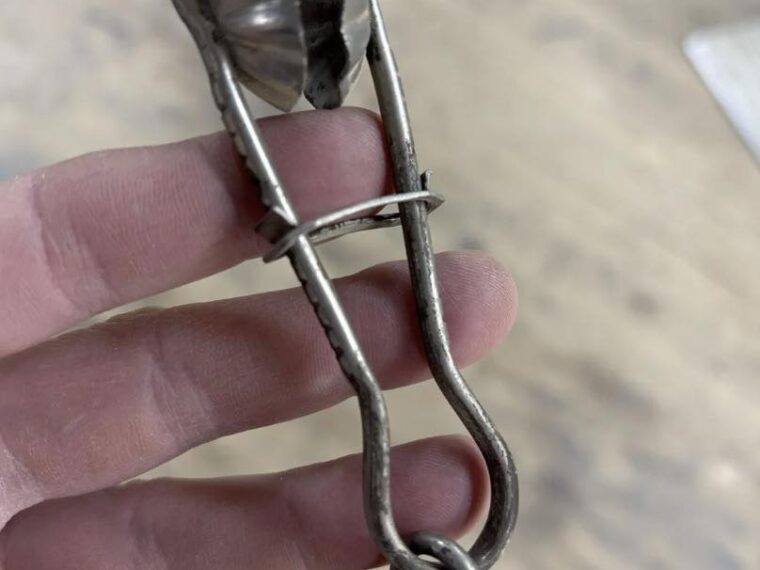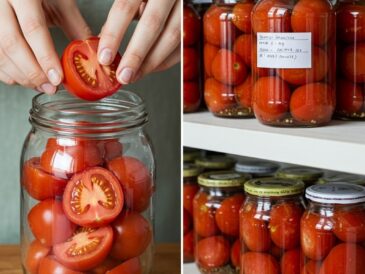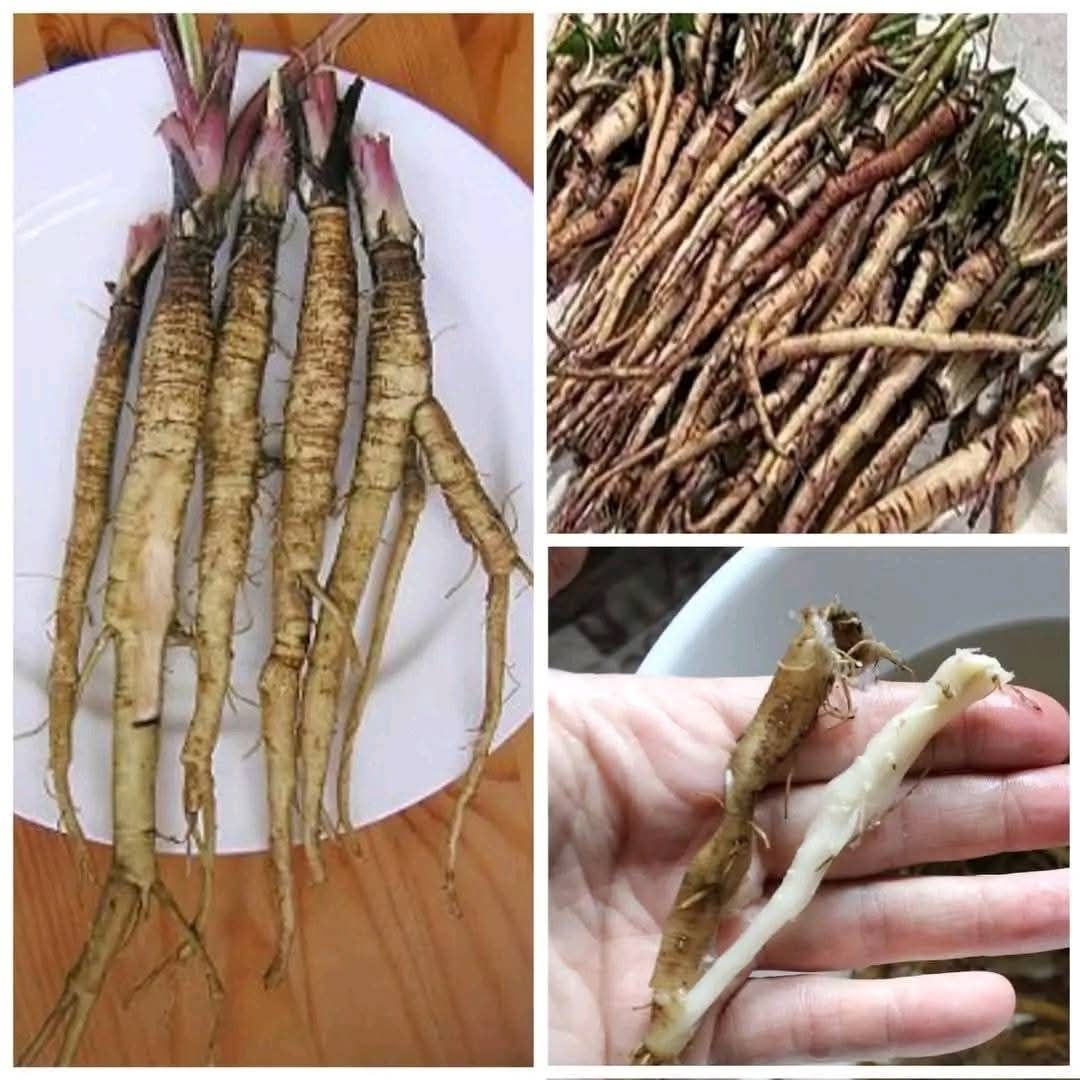Some of the biggest stories are told by the smallest objects. When you wander through an antique shop or peek inside a weathered old home, you might come across a handful of curious, quirky tools from a bygone era. These relics often stop you in your tracks and make you wonder, “What was this used for?” For me, one such discovery was the antique kitchen towel clamp — a small, unassuming gadget that once held a pivotal role in kitchens before modern conveniences like paper towels and dish racks transformed everyday life.
In this article, we’ll explore what these vintage kitchen towel clamps are, why they matter, and why they’re finding a fresh wave of fans in today’s homes. Whether you’re a history buff, a collector, or just love blending old-world charm with modern design, the antique kitchen towel clamp might just be the perfect addition to your space.
What Is an Antique Kitchen Towel Clamp, Anyway?
At first glance, an antique kitchen towel clamp might look like a simple piece of hardware — usually a spring-loaded metal clamp, often no longer than 4 inches. It features jaws that open and close when you press its arms together. Despite its modest size, in the early 1900s, this tool was a kitchen essential.
Mounted firmly on walls or cabinetry near sinks and stoves, these clamps securely held hand towels in place at a time when fabric-only towels were the norm — long before disposable paper towels or modern towel racks. Their practical design kept towels accessible and off the floor, ready for drying hands, mopping spills, or grabbing hot pots.
A Glimpse Into Historical Kitchens: The Practicality of Bygone Days
It’s hard to imagine a kitchen without today’s conveniences — paper towels, plastic hooks, or sleek towel bars. But kitchens of the past prioritized one thing above all else: functionality and practicality.
For generations, keeping towels clean, dry, and close at hand was crucial. This was especially true when kitchens often doubled as busy workspaces where hand hygiene and quick spill cleanup were daily challenges. The vintage kitchen towel clamp was a no-nonsense solution designed for efficiency, durability, and utility.
Unlike the elegant, often decorative towel holders seen today, these clamps were rugged, built to last, and focused purely on function. But that doesn’t mean they lacked character. Many had subtle design flourishes — delicate etchings, ornate springs, or the lovely patina that only age can give, making them small works of art as well as useful tools.
Why Are Antique Kitchen Towel Clamps Gaining Popularity Now?
You might be surprised to learn that these humble clamps are experiencing a resurgence in popularity. Collectors and vintage enthusiasts appreciate their simplicity and historical significance — a snapshot of how kitchens once operated, a tactile connection to everyday life from over a century ago.
But beyond their nostalgic appeal, these clamps are incredibly versatile in modern homes.
Modern Uses for Vintage Towel Clamps
- In the Kitchen: Of course, they still hold towels beautifully — providing a unique vintage touch that modern hooks simply can’t replicate.
- Craft Rooms: Clamp fabrics, hold ribbons, or keep materials organized.
- Bathrooms: Use them to hang hand towels in a way that adds rustic charm.
- Entryways or Mudrooms: Hang lightweight aprons, keys, or even small bags.
Their ability to bridge the gap between decorative and functional makes them an excellent addition to contemporary interiors, especially in spaces styled with farmhouse, industrial, or eclectic vintage flair.
How to Spot an Authentic Antique Kitchen Towel Clamp
If you’re inspired to find one for yourself, here’s how to distinguish a genuine antique towel clamp from modern reproductions:
1. Spring Mechanism
The arms should squeeze together easily, opening the jaws wide enough to grip a towel securely. This spring action was key to the clamp’s functionality.
2. Metal Construction
Most authentic clamps were crafted from durable metals like steel or cast iron to withstand daily kitchen use. Look for signs of age — light rust spots, a worn finish, or a patina that suggests decades of use.
3. Mounting Hardware
Typically, clamps feature an eye screw or flat base for easy mounting to walls or cabinets. Check that these are intact or repairable, which indicates the clamp’s readiness for practical use.
4. Signs of Authentic Wear
A true antique will show its years — weathered textures, slight imperfections, and the character that only comes from a lifetime of use. These signs of wear are part of the charm and authenticity.
Adding a Touch of Nostalgia to Your Home
Incorporating an antique kitchen towel clamp into your home decor is more than just an aesthetic choice — it’s a nod to the resourcefulness and craftsmanship of the past. These little tools reflect an era when household items were built with intention and designed to endure.
Whether you’re renovating a classic French country kitchen, aiming for a vintage-industrial vibe, or simply enjoy mixing old and new styles, these clamps offer the perfect fusion of form and function.
Why I Love Giving Vintage Tools a Second Life
Personally, I’m drawn to the idea of repurposing and reusing vintage items like the kitchen towel clamp. This practice is about more than decoration — it’s about respecting the thoughtful design and effort that went into making functional tools in a time before planned obsolescence.
Each clamp is a small story, a piece of history that you can hold in your hand and use every day. When you find one tucked away in a flea market or an antique shop, it feels like you’re connecting to the past — bringing a meaningful artifact into your modern life.
Where to Find Antique Kitchen Towel Clamps
Your best bets are:
- Antique shops: Explore local shops for authentic finds.
- Flea markets and vintage fairs: Hidden treasures often surface here.
- Online marketplaces: eBay, Etsy, and specialty vintage websites often have clamps for sale.
- Estate sales: A goldmine for kitchen and household antiques.
When buying, always ask about the condition, mounting hardware, and authenticity to ensure you’re getting a piece worth cherishing.
How to Care for Your Vintage Kitchen Towel Clamp
- Clean gently: Use mild soap and water, avoiding harsh chemicals that could strip the patina.
- Prevent rust: Apply a light coat of mineral oil to metal parts to keep rust at bay.
- Mount securely: Ensure screws and anchors are sturdy to safely hold towels and other linens.
- Enjoy the history: Display it proudly as a conversation starter!
Final Thoughts: The Small Vintage Find With Big Heart
The antique kitchen towel clamp may be small and simple, but it carries a big story. It’s a practical tool from a time when kitchens operated with efficiency, durability, and purpose — qualities that still resonate today.
Bringing one into your home means embracing a piece of history and honoring the hardworking kitchens of the past. Plus, it adds a unique vintage touch that can spark curiosity and admiration among guests.
So next time you wander an antique store or flea market, keep an eye out for these charming clamps. You just might find that perfect vintage treasure that not only holds your towels but also holds a piece of the past — right in your modern home.





